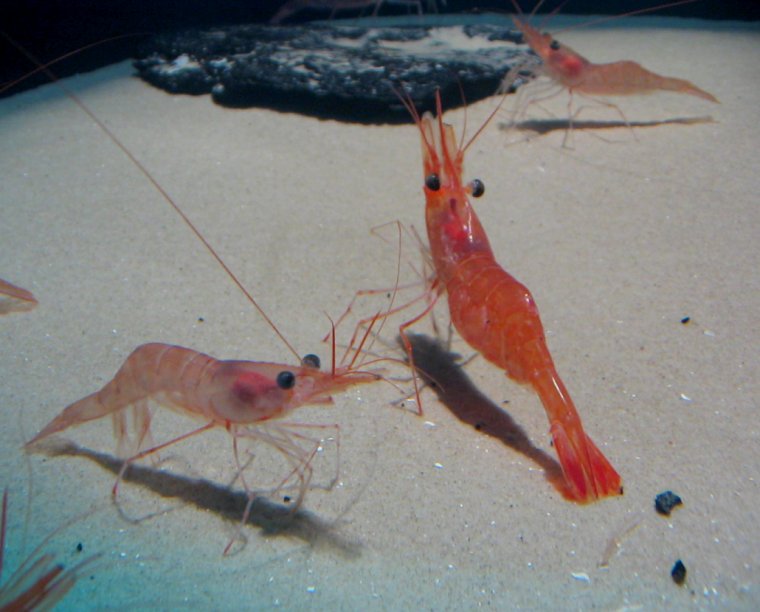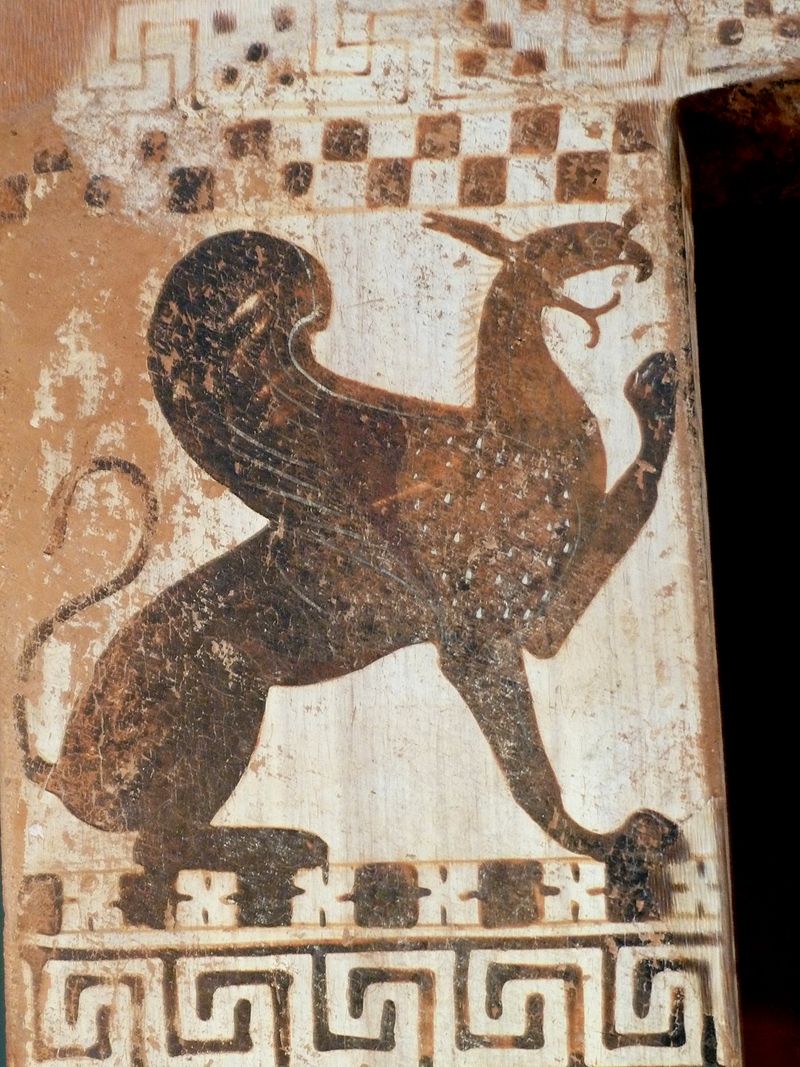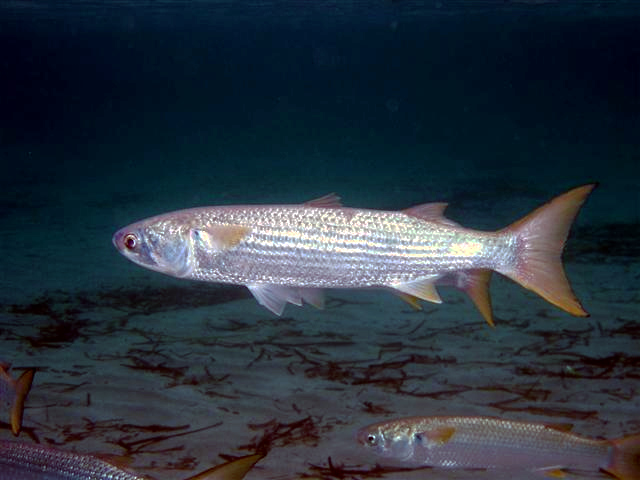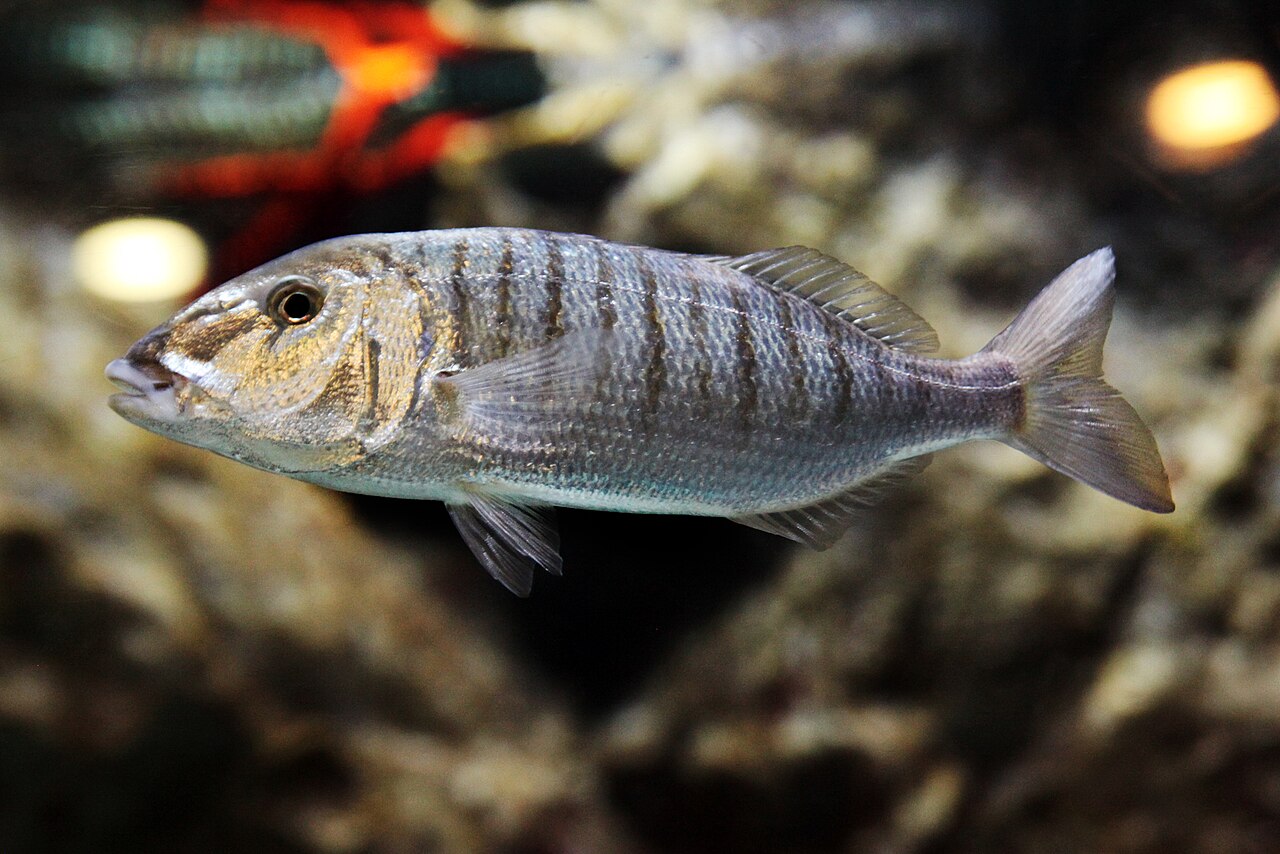David Wilson
Contributor
Thank you for the likes, Sam, Jale and Angelo. And Jale, I love the expression "leaklooseness" as an antonym of "leaktightness"!
 On today to the Tigullio diving mask known as "Brighella", which I note I misspelled as "Brughella" last time. Like Arlecchino (Harlequin), Brighella (above) was a stock commedia dell'arte character, whose early costume consisted of loosely fitting, white smock and pants with green trim and was often equipped with a batocio (also batacchio or battacio, depending on region) or slap stick, or else with a wooden sword. He is loosely categorised as one of the servant characters though he often was portrayed as a member of the middle class such as a tavern owner: his character could be adapted to whatever the needs to the scenario might be, just as Brighella himself is adaptable to any circumstance. He is essentially Arlecchino's smarter and much more vindictive older brother.
On today to the Tigullio diving mask known as "Brighella", which I note I misspelled as "Brughella" last time. Like Arlecchino (Harlequin), Brighella (above) was a stock commedia dell'arte character, whose early costume consisted of loosely fitting, white smock and pants with green trim and was often equipped with a batocio (also batacchio or battacio, depending on region) or slap stick, or else with a wooden sword. He is loosely categorised as one of the servant characters though he often was portrayed as a member of the middle class such as a tavern owner: his character could be adapted to whatever the needs to the scenario might be, just as Brighella himself is adaptable to any circumstance. He is essentially Arlecchino's smarter and much more vindictive older brother.
There follows a 1968 description of the Brighella mask. As you can see, the right-hand side of the caption is missing from the original scan, so I have had to guess what the omitted words were:
 Italian: "BRIGHELLA (Tigullio). Maschera con compensatore, vetro temperato panoramico, reggetta in ABS, colore nero. Come tutte le maschere Tigullio, anche questa è in gomma neoprene trattata Sanitized. L 1.800."
Italian: "BRIGHELLA (Tigullio). Maschera con compensatore, vetro temperato panoramico, reggetta in ABS, colore nero. Come tutte le maschere Tigullio, anche questa è in gomma neoprene trattata Sanitized. L 1.800."
Rough translation: "BRIGHELLA (Tigullio). Mask with compensator, panoramic tempered-glass lens, ABS rim, black colour. Like all Tigullio masks, this one is made of "Sanitized" treated neoprene rubber too. L 1,800."
Here is the mask again in 1969:
 Interesting rendering of the Italian term "compensatori" (compensators) as "depth equalizers".
Interesting rendering of the Italian term "compensatori" (compensators) as "depth equalizers".
Some auction pictures of the Brighella mask:



 So a relatively typical mask of the late 1960s fitted with a plastic rim around the tempered-glass window and compensator bosses on the inside to squeeze the nostrils when ear-clearing.
So a relatively typical mask of the late 1960s fitted with a plastic rim around the tempered-glass window and compensator bosses on the inside to squeeze the nostrils when ear-clearing.

There follows a 1968 description of the Brighella mask. As you can see, the right-hand side of the caption is missing from the original scan, so I have had to guess what the omitted words were:
Rough translation: "BRIGHELLA (Tigullio). Mask with compensator, panoramic tempered-glass lens, ABS rim, black colour. Like all Tigullio masks, this one is made of "Sanitized" treated neoprene rubber too. L 1,800."
Here is the mask again in 1969:
Some auction pictures of the Brighella mask:








